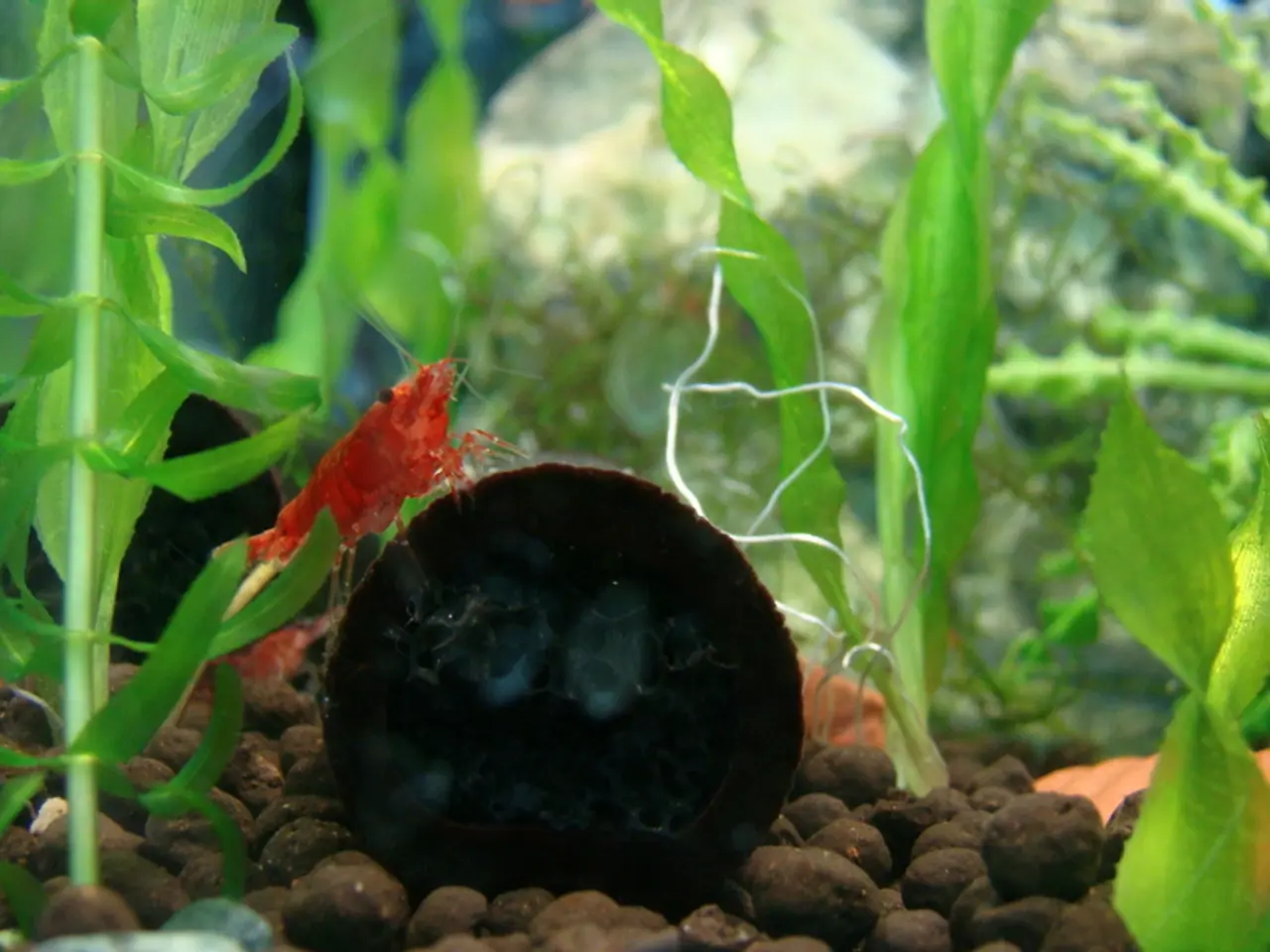AI's New Threat: Bypassing Biosecurity with Generated Genetic Sequences
Global cooperation is urged to tackle the dual threats of AI models and biological risks. The worldwide distribution of DNA synthesis and voluntary international safeguards are exacerbating these threats.
Google researchers recently discovered a worrying development: AI can now generate genetic sequences that bypass current biosecurity screening methods. This breakthrough, the first 'zero-day' in biosecurity, highlights a fundamental weakness in our defenses.
The rise of AI-assisted biology, or 'bio-AI security', is pushing the boundaries of what's possible. AI can paraphrase dangerous biological code, making it harder to detect. This erodes the barrier to creating bioweapons, enabling non-specialists to design harmful biological agents.
To address this challenge, a 'defense-in-depth' strategy is recommended. This involves combining multiple approaches to identify hidden biothreats. The Google team has developed patches and proposed improvements to strengthen biosecurity defenses.
The global nature of both AI models and biological threats requires international coordination. Building resilient systems that can anticipate new biosecurity exploits is now more crucial than ever. The recent findings underscore the urgent need for robust, multi-layered defenses against these emerging threats.
Read also:
- Is it advisable to utilize your personal health insurance in a publicly-funded medical facility?
- Dietary strategies for IBS elimination: Aims and execution methods
- Benefits, suitable dosage, and safety considerations for utilizing pumpkin seed oil in treating an overactive bladder
- Harmful Medical Remedies: A Misguided Approach to Healing






